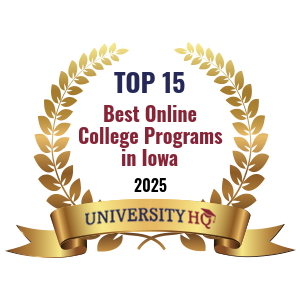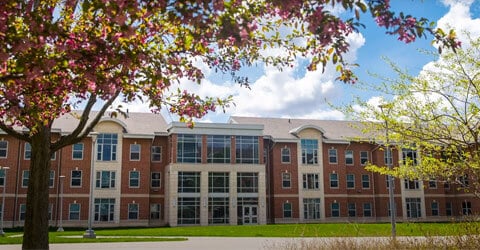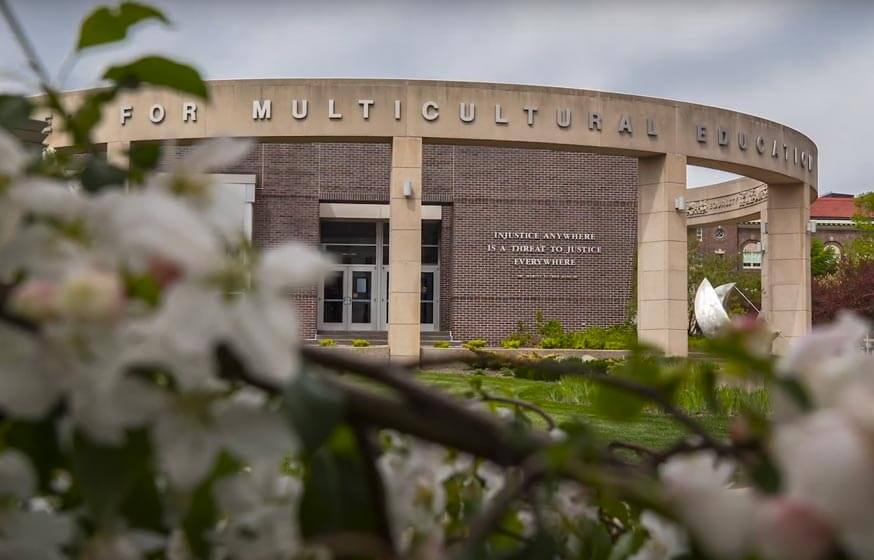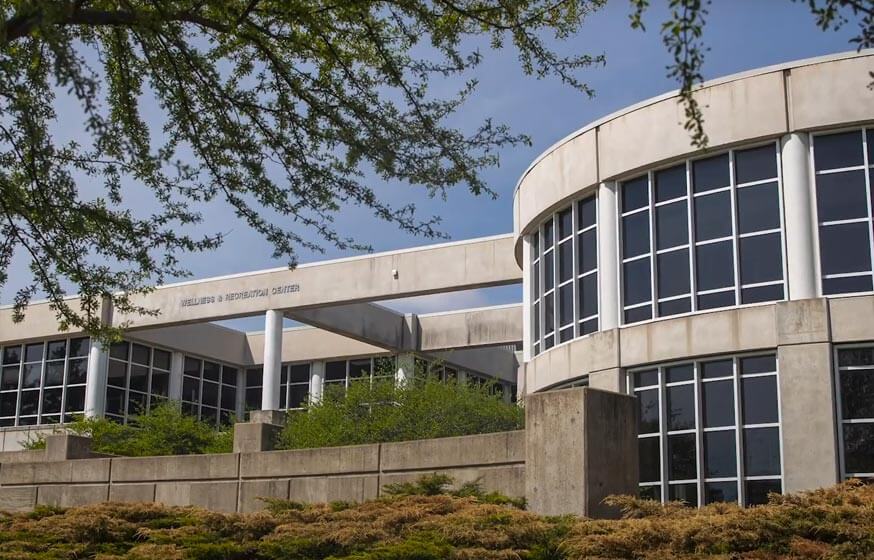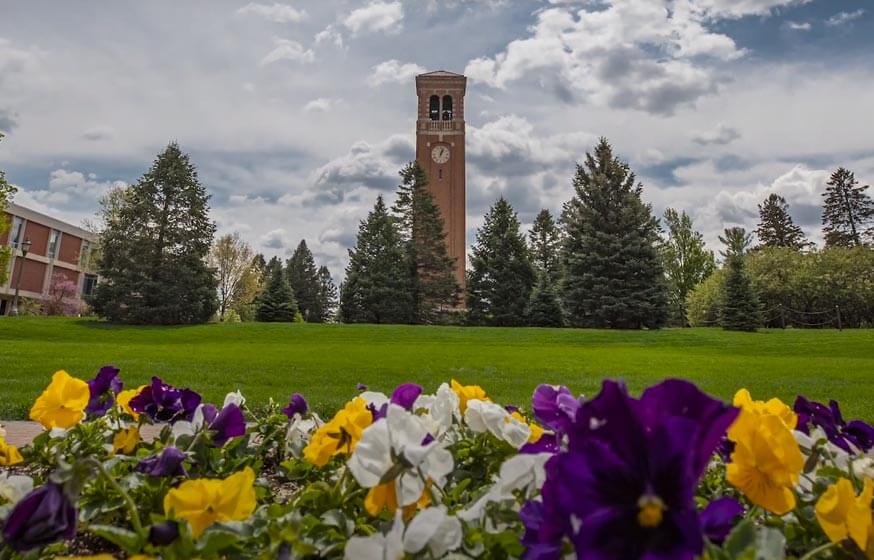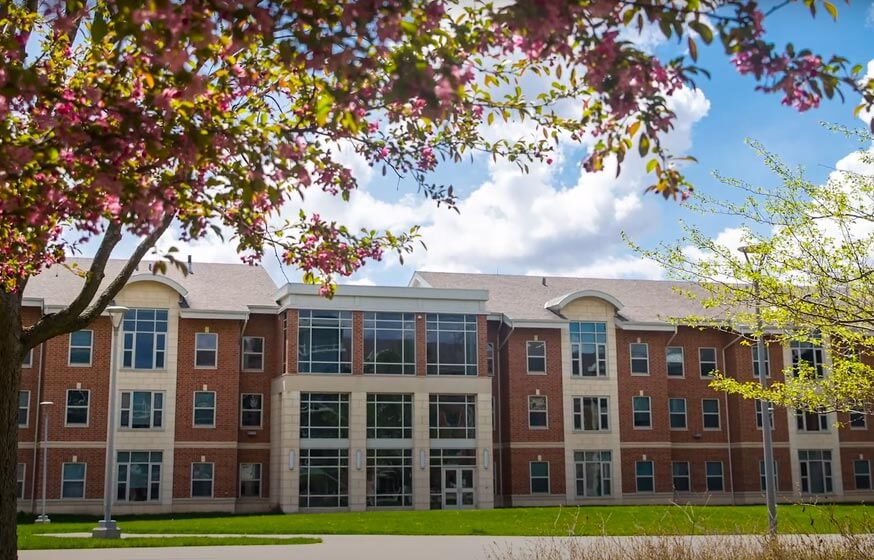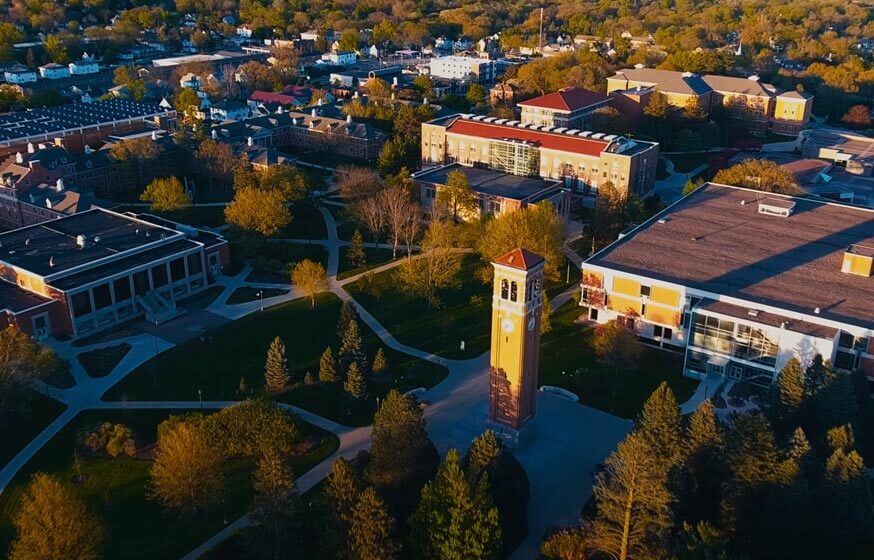University Headquarters (HQ) is an industry-leading, independent educational organization that provides independent college rankings using a proprietary formula to create first class unbiased rankings. The team at University HQ strives to provide accurate and trustworthy rankings that highlights the best programs.
Get Matched With Online Colleges
The University of Northern Iowa is located in Cedar Falls, Iowa and is a public university. Founded in 1876, the school boasts an enrollment over 10,000 with nearly 90% of students being residents of the state. University of Northern Iowa offers over 90 programs in education, business, behavioral science, humanities, science, and arts, as well as a robust graduate program. With over 50 graduate programs, if you wish to you can continue your education to the master’s or doctorate level without transferring to another institution. The campus itself is situated on 916 acres in a suburban setting.
Search All Programs
Overview of University of Northern Iowa
UNI features a Teaching and Research Greenhouse, a greenhouse complex with extensive botanical gardens used for education and research in both science and agricultural programs. In 2020, the school was rated number 20 in Best Colleges in Regional Universities of the Midwest.
The UNI Athletics Program is robust and attracts athletes from all sports throughout the state and country, consistently earning a place in national tournaments in several sports. With roughly one third of students living on campus, there is a lively and diverse social atmosphere, and the school is also represented by several national fraternities and sororities.
General Information
| School Type | Public |
|---|---|
| Campus Setting | City: Small |
| Campus Housing | Yes |
| Student Faculty Ratio | 18:1 |
| Graduation Rate | 67% |
| Year Founded | 1876 |
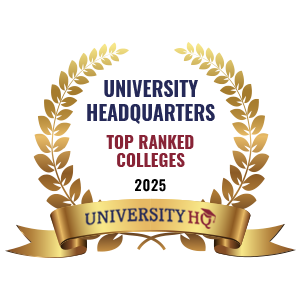
Student Enrollment
Total Students11,187
9,536
1,651
Undergraduate Student
Male 4,005
Female 5,531
Graduate Student
Male 693
Female 958
Explore Map
Top Rankings For University of Northern Iowa
Admissions
APPLICATIONS4,701
ACCEPTANCE3,714
Acceptance Rate79%
Enrollment 1,448
| Admissions | |
|---|---|
| Application Fee | $40 |
| High School GPA | Required |
| High School Rank | Required |
| High School Transcripts | Required |
| College Prep Courses | Required |
| Recommendations | NA |
| SAT/ACT | Required |
| TOEFL (Test of English as a Foreign Language) | Required |
| Application Deadline | August 15 |
| Common Application Accepted | Yes |
Tuition Cost & Financial Aid
Don’t eliminate a specific school just because of the listed cost to attend. Make sure you’re familiar with college financial aid terms, such as the average net cost (the bottom line after financial aid is subtracted from your total). Your first financial step for entering college should be completing the Free Application for Federal Student Aid (FAFSA), as this application is used by all colleges and most grant and scholarship applications as well as federal loans. You should also dedicate considerable time for applying for a wide range of scholarships and grants, since this can make a big difference in your net cost and possible reduce it to zero out of pocket expense.
| Average net price | 2018-2019 |
|---|---|
| Net Price | $15,760 |
| Average Total Aid | $4,655 |
| Students Receiving Financial Aid | 83% |
| Room & Board | $9,160 |
Sticker Price
- Tuition In-State - $8,938
- Tuition Out-of-State - $21,222
- Books and Supplies - $900
- Room & Board - $9,160
- Other - $2,296
Academics
When you’re checking out details of a college, there are specific indicators that may point to the school’s level of dedication to student success.
Here are some of the things you should look for and add to your evaluation when choosing a school to apply to:
- Retention Rate: The retention rate is the percentage of freshmen who return for their second year, and a low rate can indicate issues with academic, social, or financial aspects of the school.
- Graduation Rate: A low graduation rate can indicate issues within the college system; it’s important to note only 40% of college students at this school graduate in four years, however the 6-year rate is around the national average, 68%, and the national trend is to take six years to complete a college degree.
- Student-to-Faculty Ratio: A low ratio indicates more one-on-one time with professors and can also make it easier for a professor to remember you when you need references.
- Student Population Total: The total population can help you know if you are choosing a more personalized education or more socializing opportunities in between classes.
- Distance Learning: Distance learning should always be an option in case future events prevent you from attending one or more classes in person.
- Accreditation: This shows the school has voluntarily been evaluated on the national level and is a requirement for most types of financial aid.
Retention
Rate
4 year
Graduation
Rate
6 year
Graduation
Rate
Student Population Total
Student Population 11,187
9,536
1,651
Most Popular Programs & Majors
(# of Diplomas Awarded by Subject)
| All Business Majors | 448 Total Graduates / 21% |
|---|---|
| Business Administration and Management, General | 89 Graduates |
| Marketing/Marketing Management, General | 84 Graduates |
| Accounting | 69 Graduates |
| Finance, General | 67 Graduates |
| All Education Majors | 378 Total Graduates / 17% |
| Elementary Education and Teaching | 276 Graduates |
| Social Science Teacher Education | 28 Graduates |
| Physical Education Teaching and Coaching | 24 Graduates |
| Kindergarten/Preschool Education and Teaching | 15 Graduates |
| Parks, Recreation, Leisure, and Fitness Studies | 151 Total Graduates / 7% |
| Parks, Recreation and Leisure Studies | 68 Graduates |
| Health and Physical Education/Fitness, General | 83 Graduates |
| Communication, Journalism, and Related Programs | 145 Total Graduates / 7% |
| Speech Communication and Rhetoric | 60 Graduates |
| Public Relations/Image Management | 32 Graduates |
| Radio, Television, and Digital Communication, Other | 30 Graduates |
| Digital Communication and Media/Multimedia | 23 Graduates |
| All Social Sciences Majors | 114 Total Graduates / 5% |
| Criminology | 51 Graduates |
| Sociology | 15 Graduates |
| Political Science and Government, General | 14 Graduates |
| Geography | 9 Graduates |
| All Other Diplomas | 43% |
Outcome & Salary
The early-career salary for UNI graduates is $47,100, and mid-career graduates earn $85,300, with an average overall salary of $59,550. Compare this to the national average salary for those with no college degree, who earn around $38,792 on average, and you can easily spot the financial advantage your degree will give you.
When you look at your return on investment (ROI), you’ll find in 10 years an average earning potential of $595,500, and in 20 years an average of $1,448,500. When compared to those with no degree, you’ll find that, although they have no college education costs, their 10-year projected income is only $387,920, much lower than your potential income. Note the college ROI is for undergraduate students and, if you continue your education to earn your master’s or doctorate, your potential income will be much higher.
| Graduates Salary | |
|---|---|
| College Grads Early Career Salary | $47,100 |
| College Grads Average Salary | $59,550 |
| College Grads Mid Career Salary | $85,300 |
| Return on Investment (ROI) | |
|---|---|
| 10 Year Salary Earnings Potential | $595,500 |
| 20 Year Salary Earnings Potential | $1,448,500 |
| Cost of Education (Net Price) 4 Year | $63,040 |
| 10 Year Projected ROI | $532,460 |
| 20 Year Projected ROI | $1,385,460 |
| No College Education Salary Comparison | |
|---|---|
| National Average Salary | $38,792 |
| 10 Year Projected Income | $387,920 |
| 20 Year Projected Income | $775,840 |
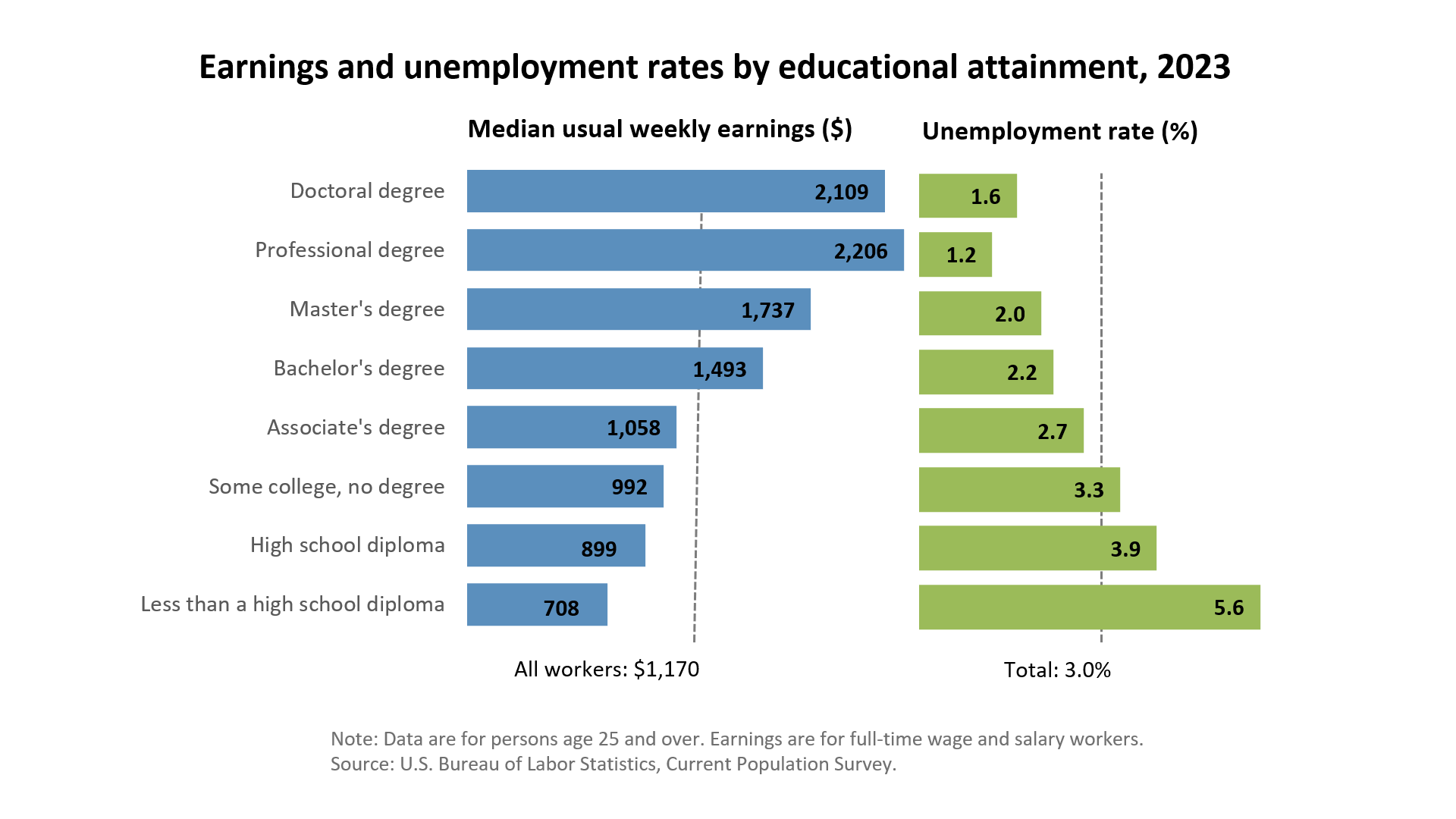
Related Top College Resources


